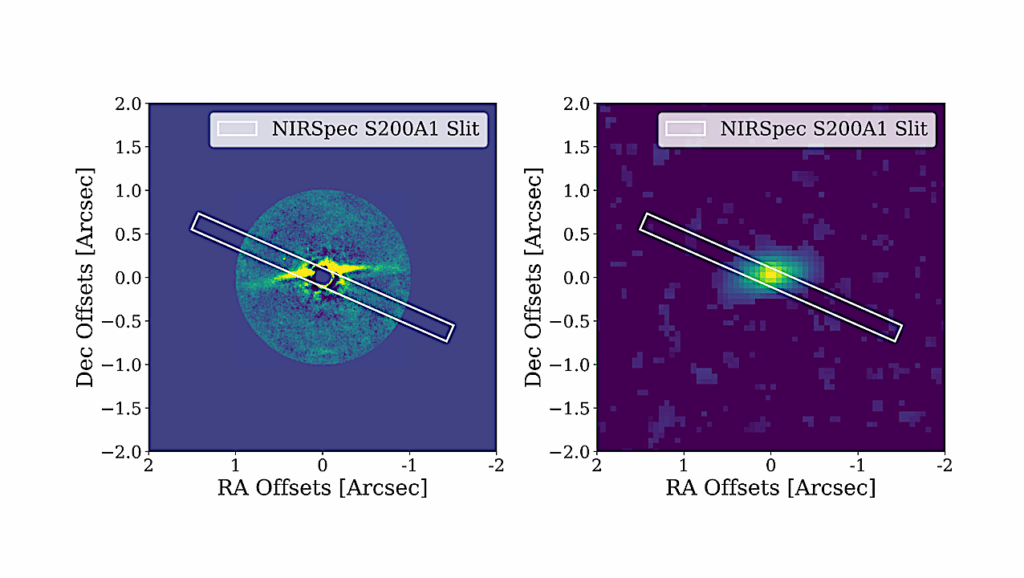New Chondritic Bodies Identified In Eight Oxygen-bearing White Dwarfs

We present observations and analyses of eight white dwarf stars that have accreted rocky material from their surrounding planetary systems.
The spectra of these helium-atmosphere white dwarfs contain detectable optical lines of all four major rock-forming elements (O, Mg, Si, Fe). This work increases the sample of oxygen-bearing white dwarfs with parent body composition analyses by roughly thirty-three percent.
To first order, the parent bodies that have been accreted by the eight white dwarfs are similar to those of chondritic meteorites in relative elemental abundances and oxidation states. Seventy-five percent of the white dwarfs in this study have observed oxygen excesses implying volatiles in the parent bodies with abundances similar to those of chondritic meteorites.
Three white dwarfs have oxidation states that imply more reduced material than found in CI chondrites, indicating the possible detection of Mercury-like parent bodies, but are less constrained.
These results contribute to the recurring conclusion that extrasolar rocky bodies closely resemble those in our solar system, and do not, as a whole, yield unusual or unique compositions.
Alexandra E. Doyle, Beth L. Klein, Patrick Dufour, Carl Melis, B. Zuckerman, Siyi Xu, Alycia J. Weinberger, Isabella L. Trierweiler, Nathaniel N. Monson, Michael A. Jura, Edward D. Young
Comments: Accepted for publication in ApJ. 7 Figures, 7 Tables
Subjects: Solar and Stellar Astrophysics (astro-ph.SR); Earth and Planetary Astrophysics (astro-ph.EP)
Cite as: arXiv:2303.00063 [astro-ph.SR] (or arXiv:2303.00063v1 [astro-ph.SR] for this version)
Submission history
From: Alexandra Doyle
[v1] Tue, 28 Feb 2023 20:06:31 UTC (2,925 KB)
https://arxiv.org/abs/2303.00063
Astrobiology, Astrochemistry








